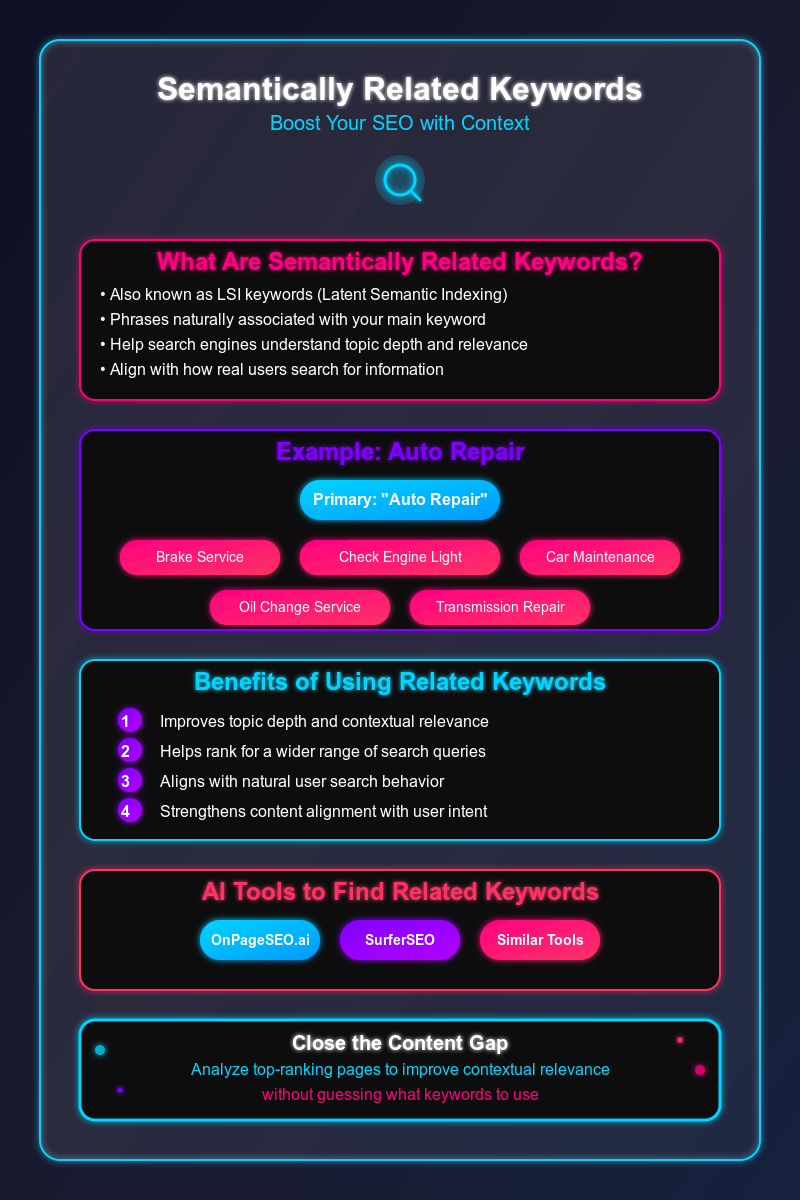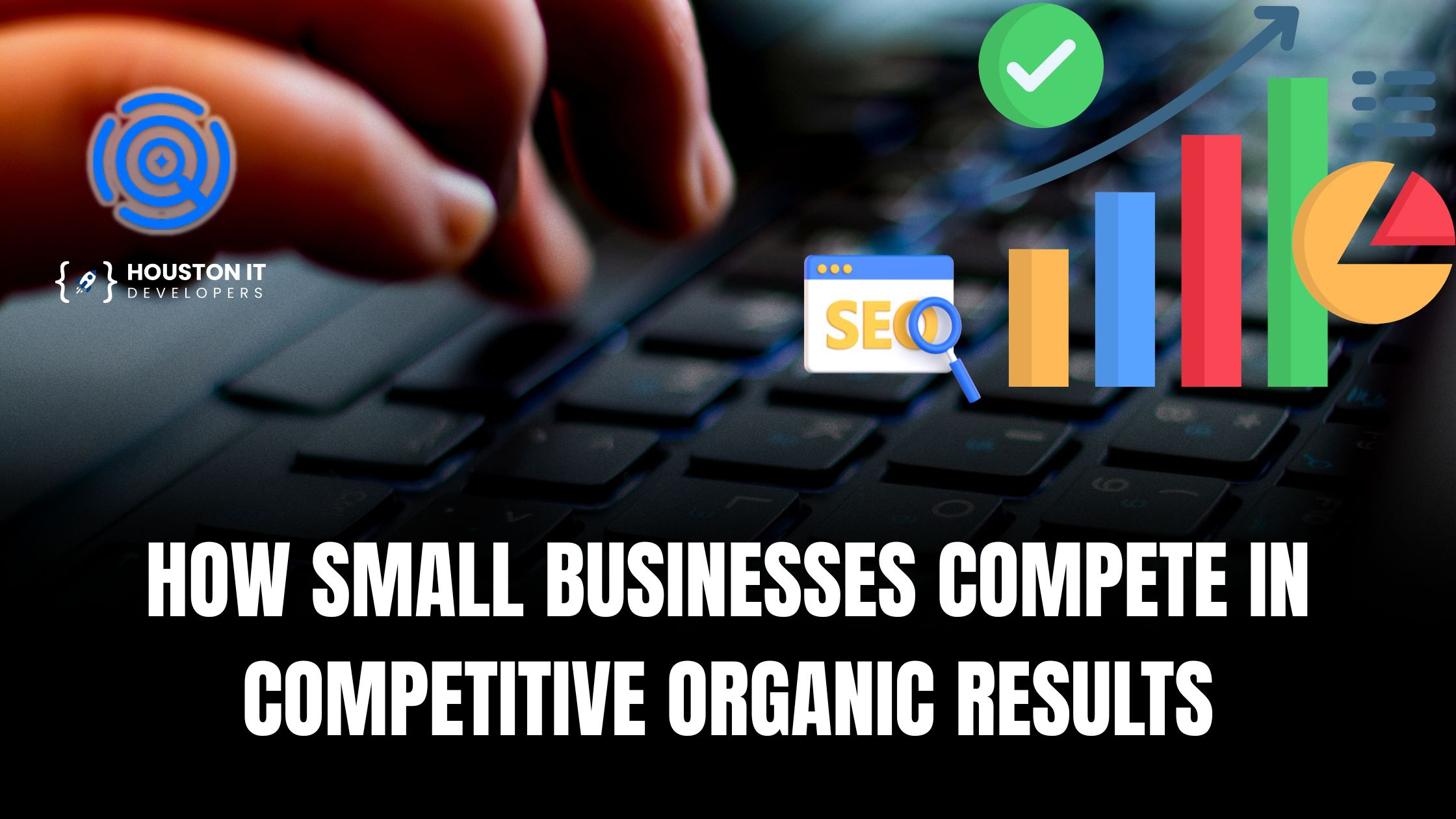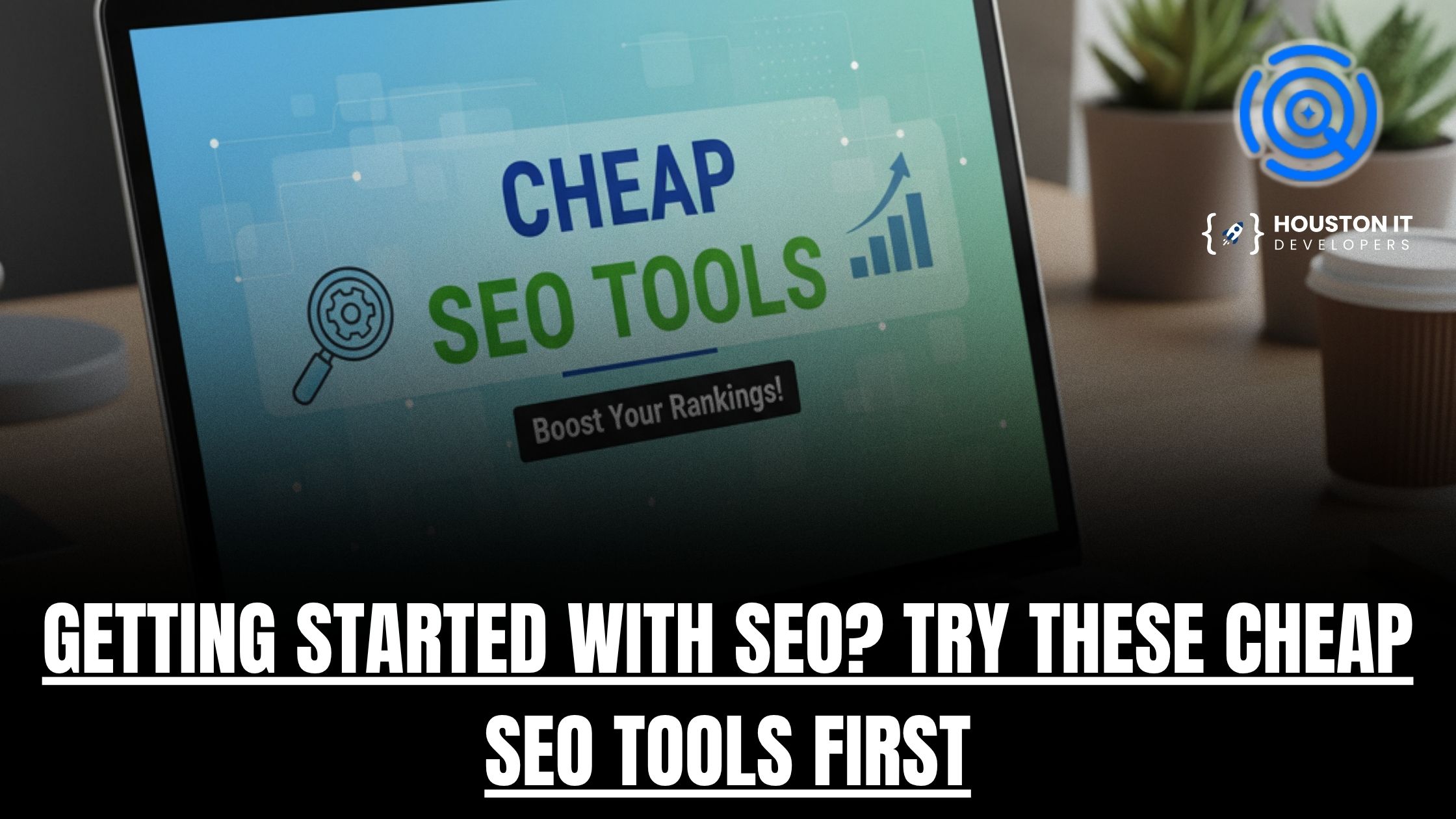Why do some websites consistently achieve competitive organic results while others struggle to gain visibility? In today’s crowded digital space, earning competitive organic results can feel out of reach for small businesses without large budgets or teams. Despite millions of active pages online, only 22% of those ranking in the top 10 were published within the last year.
At the same time, 61% of small businesses still do not invest in SEO at all. That gap creates both a problem and an opportunity.
In this blog post, you will learn how to add keywords to website content for real impact, discover the value of AI tools for website SEO, and explore practical ways to outperform bigger competitors. Whether you run a local service or an eCommerce shop, these insights will help you compete on Google’s first page.
What Are Competitive Organic Results and Why They Matter
Competitive organic results refer to high-ranking positions on search engine results pages (SERPs) for popular and high-traffic keywords. These are keywords that not only get a lot of searches but also attract businesses willing to invest heavily in SEO and content marketing. Think “best wireless headphones,” “local auto repair,” or “digital marketing agency.”
Why do these results matter for small businesses?
- Visibility: Being on the first page, especially in the top 3 spots, gets your business seen by more potential customers.
- Trust: Users tend to trust organic results more than paid ads.
- Traffic without recurring cost: Once you rank, clicks don’t cost you anything.
- Scalability: Organic traffic compounds over time as your authority grows.
However, ranking in these spaces means going head-to-head with bigger players. That’s why understanding search intent, building domain relevance, and improving technical SEO are critical.
How to Add Keywords to Website Content for Maximum Impact
Many small business owners know they should “do SEO,” but few understand how to add keywords to website content in a way that drives measurable results. Tossing keywords randomly into paragraphs or stuffing them into footers may have worked in the early 2000s, but modern search engines penalize these outdated tactics. To compete in competitive organic results, you need a more strategic, user-focused approach.
Here’s how to do it effectively, with detailed steps that go beyond the basics:
1. Start with User Intent
Before selecting any keywords, ask yourself: What is my ideal customer actually searching for? Keyword tools might tell you that “cakes” has a high search volume, but that doesn’t reflect intent. Someone typing “cakes” might be looking for recipes, cake ideas, or nutritional facts. If you’re a local baker, you want to show up for searches like “custom birthday cakes in [your city]” or “order cake delivery near me.”
Start by mapping keywords to specific buyer stages:
- Awareness: “What is the best type of cake for weddings?”
- Consideration: “Top-rated cake shops near me”
- Conversion: “Order custom cake online [city]”
Use Google Search Console, keyword research tools, and even customer service queries to identify real-life phrasing and intent behind searches.
2. Use Keywords Strategically (Not Repetitively)
Once you’ve selected high-intent keywords, it’s not about how often you use them. It’s about where and how you use them. Having said that, be sure to place your primary keyword in these essential areas:
- Page Title (Meta Title): This is what search engines and users see first. Make it compelling and accurate.
Example: Custom Birthday Cakes in Chicago | Sweet Bloom Bakery - Meta Description: Summarize the content clearly while including the keyword. Though not a ranking factor, it influences click-through rates.
- First 100 Words: Search engines give more weight to early content. Lead with clarity and context.
- One H2 or Subheading: Reinforce the topic structure and help scanners find what they need faster.
- Image Alt Text: Describe images with keywords only when relevant. Avoid stuffing.
- URL Slug: Keep it short and keyword-rich.
Example: yourwebsite.com/custom-birthday-cakes
Don’t stop at just one keyword. Use semantically related terms to add context. For instance, a page about “home security systems” might include phrases like “alarm monitoring,” “motion detectors,” and “smart home integration.” These LSI keywords (Latent Semantic Indexing) help Google better understand the page’s relevance.
3. Support with Semantically Related Keywords

To improve your chances of ranking in competitive organic results, you need more than just your primary keyword. Search engines now rely on contextual understanding to assess how relevant and helpful your content is. This is where semantically related keywords come in.
Also known as LSI keywords (Latent Semantic Indexing), these are phrases and terms that are naturally associated with your main keyword. For example, if your primary keyword is “auto repair,” related keywords might include “brake service,” “check engine light diagnostics,” or “car maintenance near me.” These terms give search engines confidence that your content covers the topic thoroughly.
Using semantically related keywords improves topic depth and can help you show up for a wider range of search queries. It also aligns with how real users search, which strengthens your content’s alignment with user intent.
AI tools for website SEO like OnPageSEO.ai or SurferSEO can help uncover these related terms by analyzing the top-ranking pages for your chosen keyword. This allows you to close the content gap and improve contextual relevance without guessing.
4. Avoid Keyword Cannibalization
A common yet overlooked SEO issue is keyword cannibalization. It’s when multiple pages on your website target the same or very similar keywords. This creates internal competition that confuses search engines and weakens your position in competitive organic results. Instead of boosting your visibility, it splits your authority and can prevent any of your pages from ranking well.
Imagine having two separate pages both optimized for “affordable SEO services.” Google may struggle to decide which one is the most relevant, and as a result, neither page performs as well as it could. The solution is to give each page a distinct keyword focus and clear intent.
How to Resolve Cannibalization Issues
Below is a quick comparison to help you identify and resolve cannibalization issues:
| Issue | Description | Suggested Fix |
| Same Keyword, Multiple Pages | Two or more pages targeting the same keyword | Merge or consolidate into a single, stronger page |
| Overlapping Content Themes | Pages with similar content but no clear keyword distinction | Reoptimize each page with a unique target keyword |
| Declining Rankings for Both Pages | Neither page ranks consistently for the intended keyword | Use AI tools for website SEO to audit keyword focus |
| Duplicate Title Tags or Meta Descriptions | Identical or too-similar meta elements across pages | Update meta tags with distinct keywords and messaging |
Fixing keyword cannibalization improves clarity and ensures that Google can correctly identify and reward your most relevant pages. Use AI tools for website SEO like OnPageSEO.ai to audit your site and flag competing pages. When necessary, merge overlapping content into one well-structured piece or revise each page to target a separate search intent.
Knowing how to add keywords to website content is essential, but maintaining long-term search visibility requires regular refinement. Clear page intent and smart keyword segmentation will help your small business rise higher in competitive organic results.
To learn how to assess and improve your pages effectively, visit on page SEO audit for beginners how to do it step by step.
Using OnPageSEO.ai to Identify SEO Gaps and Opportunities

Even with strong keyword research, your content may still underperform if your on-page elements are not properly aligned with SEO best practices. This is where AI tools for website SEO offer a practical advantage. OnPageSEO.ai, a Chrome extension built for fast, accurate audits, helps small businesses uncover missed opportunities and improve their position in competitive organic results. With one click, it analyzes your content structure, metadata, images, links, and keyword usage, delivering clear, color-coded suggestions for improvement.
| Feature | Function | Value |
| On-Page SEO Audit | Assesses health score with AI-powered recommendations | Identifies technical and content issues quickly |
| Title & Meta Description Checker | Analyzes and auto-generates meta content based on page copy | Helps optimize for better click-through rates |
| Header Structure Audit | Maps H1 to H6 tags and highlights structural problems | Improves readability and crawlability |
| Link Audit | Reviews internal and external links with anchor text analysis | Strengthens internal linking strategy and user navigation |
| Image SEO Audit | Pulls image titles, alt text, and converts to WebP | Enhances page speed and search visibility |
| Keyword Analysis | Tracks keyword density, placement, and distribution | Refines content for higher ranking potential |
| GSC Insights (Pro Feature) | Integrates Search Console data for page-level recommendations | Aligns content with actual search performance |
By simplifying the audit process and removing the guesswork from optimization, OnPageSEO.ai makes it easier to execute an effective SEO strategy. Small business owners who want to know how to add keywords to website content and improve its overall performance can rely on the tool’s real-time insights. In competitive environments, small improvements in structure and keyword alignment can lead to big gains in competitive organic results.
For more practical tools and tips, check out best SEO tools for beginners building their first blog or website.
Final Thoughts: How Small Businesses Can Compete in Competitive Organic Results
Competing in competitive organic results may seem overwhelming, but small businesses can succeed by being strategic. You’ve learned how to add keywords to website content, avoid cannibalization, and support your SEO with semantically rich terms. With clear intent, content clusters, and the right optimization tools, you can attract targeted traffic and outrank larger competitors.
The next step is action. Start auditing your site, refining your keywords, and optimizing the structure of each page. With OnPageSEO.ai, you can simplify that process and get real-time insights tailored to your site’s needs. It’s fast, affordable, and built for business owners who want results without the complexity.
Sign up for free and install the OnPageSEO.ai Chrome extension to get instant audits, keyword analysis, and AI-powered content suggestions. If you’re ready to climb the rankings, this tool will guide your next move.



